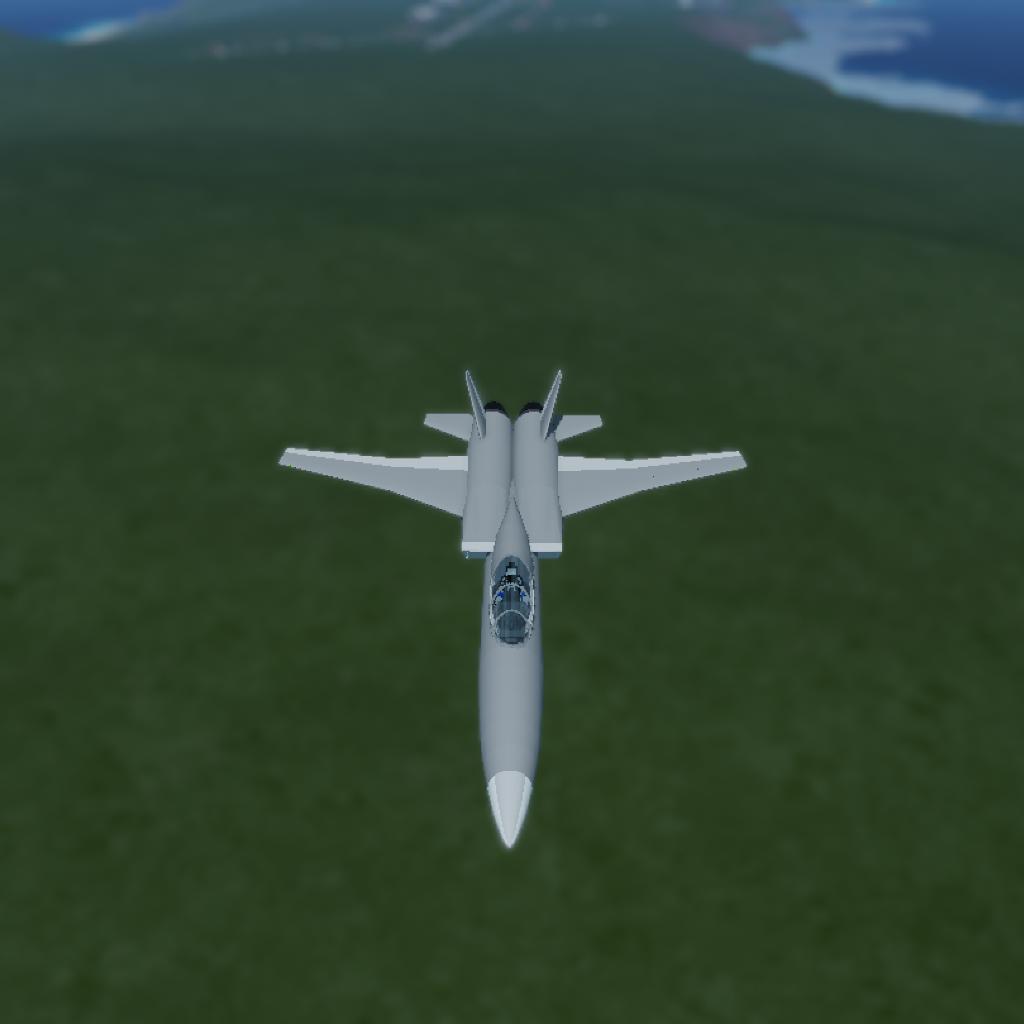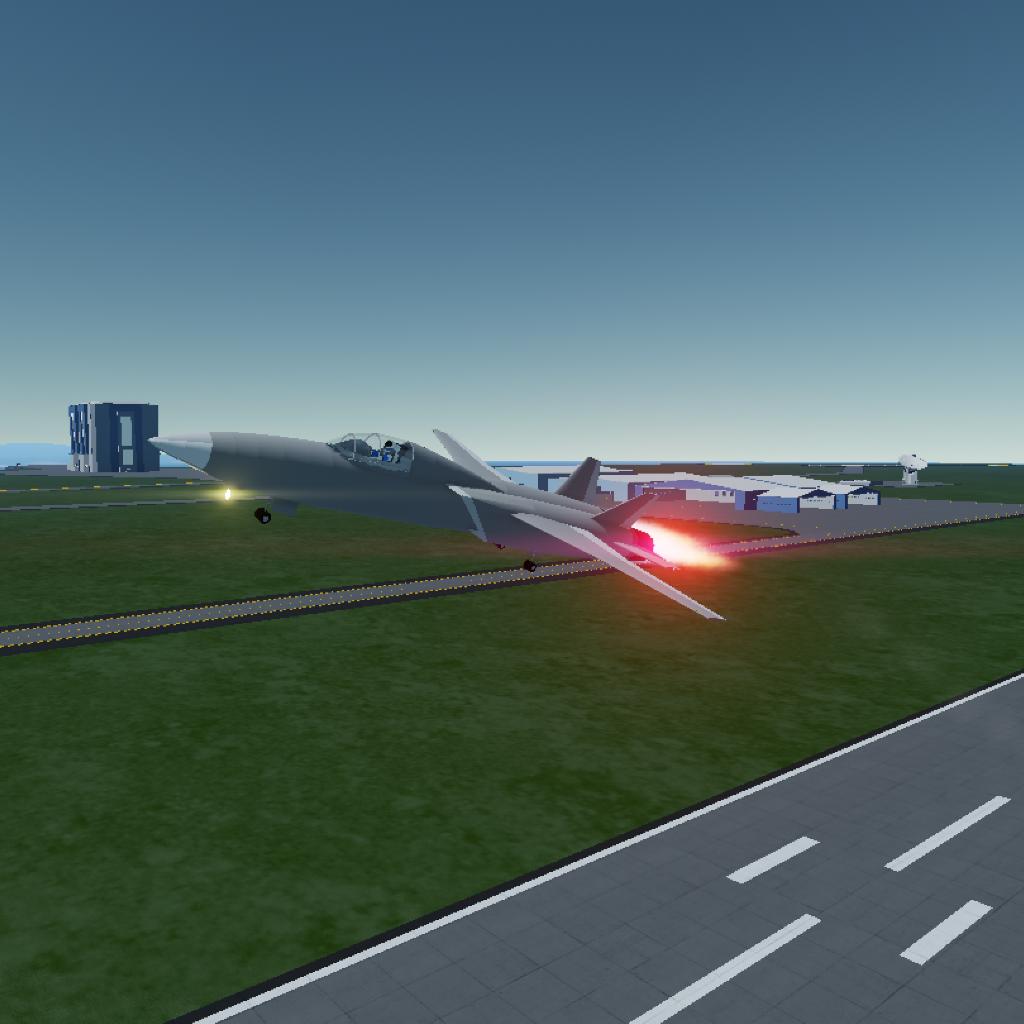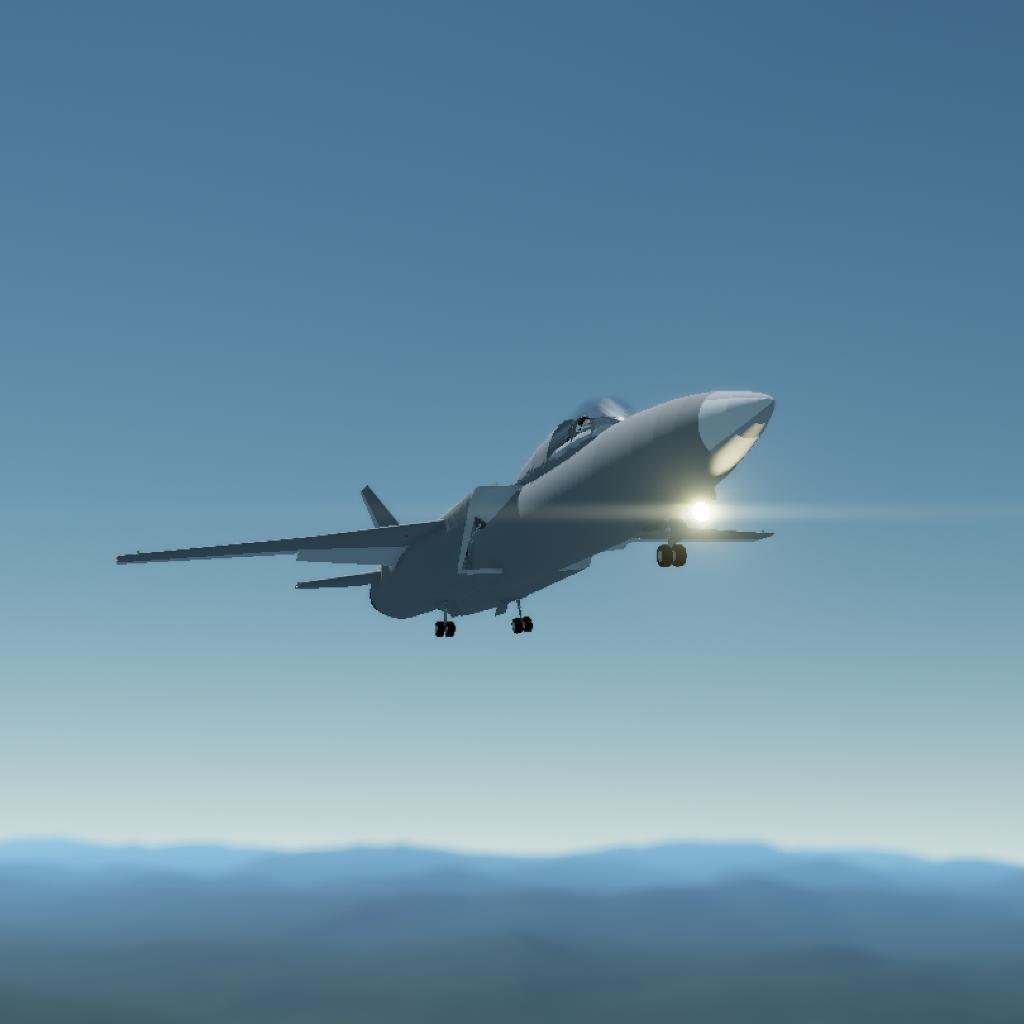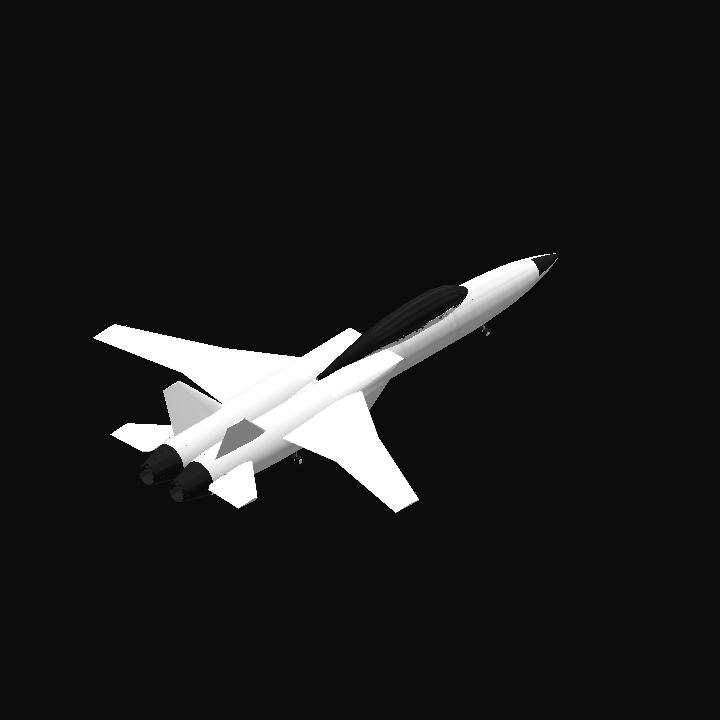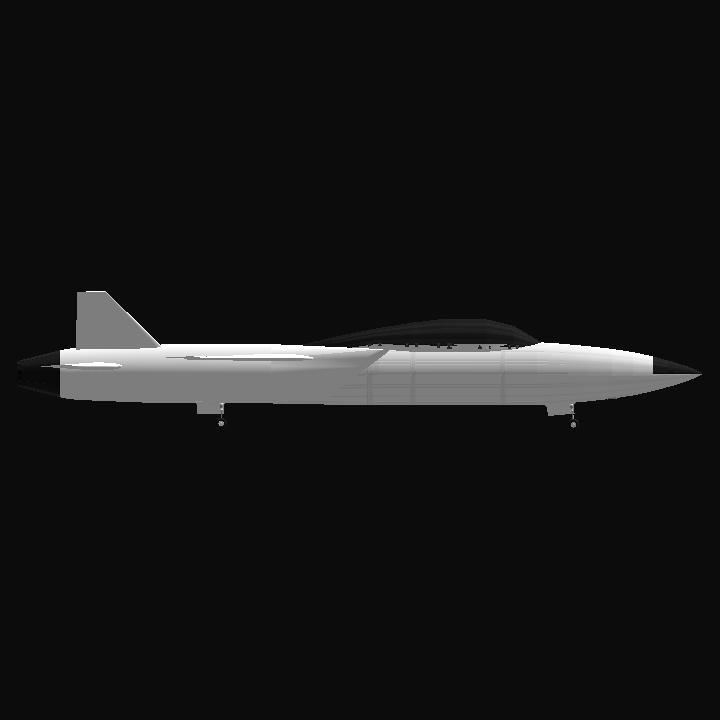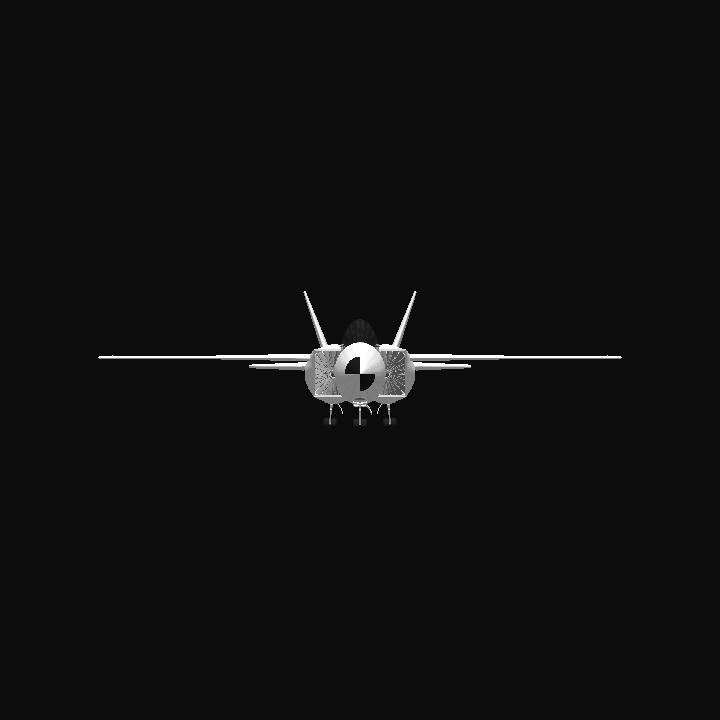The F-64 emerged from a classified program codenamed "Genesis," initiated in the late 2020s. Driven by the need for a next-generation air superiority fighter, the program sought to push the boundaries of aerodynamics and propulsion.
The F-64 was conceived as a highly maneuverable, long-range interceptor with a focus on supersonic performance.
Cranked Arrow Wings: This unconventional wing design provides enhanced maneuverability at high angles of attack, crucial for close-quarters combat and high-G turns.
Narrow Fuselage: Minimizes the aircraft's radar cross-section, enhancing stealth capabilities.
Retractable Landing Light: A subtle but important detail, minimizing drag and further improving aerodynamic efficiency.
The F-64 is powered by a revolutionary engine technology, likely involving advanced afterburners and potentially even vectoring thrust, enabling it to achieve Mach 2+ speeds with ease.
The F-64 faced numerous technical hurdles during development, including:
Materials Science: Developing lightweight, heat-resistant materials to withstand the extreme stresses of supersonic flight.
Avionics Integration: Integrating advanced sensors, radar, and weapons systems into a compact and lightweight package.
Flight Control Systems: Developing sophisticated flight control systems to manage the complex aerodynamics of the cranked arrow wings.
The F-64 program represents a significant leap forward in fighter jet technology. If successfully developed and deployed, the F-64 would revolutionize air combat, providing unparalleled speed, maneuverability, and stealth.
This origin story incorporates the provided characteristics while adding a touch of realism and speculative technology.

